When we bottle a jar of honey, it captures a very specific moment and flavor in time that details what was blooming on and around the farm. Beyond just the plants, the flavor characteristics can also tell us about the soil quality, microclimate, water, sun, and seasonal profile – all bottled up into our farm’s unique terroir. It’s important each year to observe, document, and learn from what the landscape, the bees, and the honey tell us. In 2019, we scouted the fields to note what was blooming, monitored weather conditions, targeted honey extractions around specific nectar flows, and finally tasted and compared our honeys to reference honey varietals. In doing so, we learned even more about the unique aspects of our land, bees, and honey. We also learned how to better manage each of these on the farm. We are excited to share some of those lessons with you here from our 2019 Honey Report.

2019 Field Conditions
This information comes from our reference apiary that houses six honey bee colonies (e.g. 3 Saskatraz, 2 Italian, and 1 Carniolan). The year of 2019 was notable for its exceptionally wet spring (see graph below). Note the ‘twin peaks’ of precipitation in the 2019 data represented by the blue line that soars above the orange line representing the 30 year average. The bees generally had a slower activity rate leading up to and through the spring with daily temperature averages in March being three degrees cooler than normal. Honey bees, like other insects, are ectotherms relying heavily on temperature and other external sources for body heat. Keep in mind, the minimum temperature for active honey bee foraging is approximately 55 °F, and hives do not reach maximum foraging capacity until around 66 °F. Then there is wind, and if the wind is greater than 15 mph – well, forget about honey bee foraging. In 2019, honey supers were not added until June 25. During more favorable conditions, honey supers may be added as early as June 1 in our apiary.

Across the 2019 season, we extracted at four different points in time throughout the summer and fall. We did this to coincide dates when honey was capped and cured in the hive to target and isolate different honey varietals coming from honey plants throughout the season.
The Honey Harvest
In total, we harvested just over 37 gallons of honey from six hives in 2019. The nectar flowed into those hives between June 25 and September 25, with a short dearth (i.e. scarcity of nectar) period that lasted a couple of weeks in August. By September 1, nectar was flowing hard again resulting in nearly 20 excess gallons of honey over the course of a month thanks to abundant buckwheat and sunflower cover crops that bloomed on hundreds of acres along with the reliable, wild goldenrod that brightly blanketed nearly every hedge across the farm.


In the graph above you can see six different dates (starting July 4, 2019) that represent the mid-point for a range of dates that a varietal honey was targeted. For example, Dutch Clover and Basswood were in full bloom between June 25 and July 14 (mid-point, July 4). Honey supers were added June 25 and by July 14, three gallons of capped honey was made. You can look across the graph to see other mid-point dates, what honey plants were blooming in abundance, and how many gallons of capped honey was produced during that period. If you add up all the gallons for the six periods, they sum to just over 37 gallons.
Flower POWER + Soil Moisture = Abundant Nectar
Nectar resources were plentiful throughout 2019. As the cold and wet conditions early on kept us from planting any organic beans or corn in the spring (the first time that’s ever happened in 40 years!), cover crops were planted in even more abundance. Around the time the first honey supers were added to the colonies in June, basswood from our woodlands and white Dutch clover across pastures were blooming across wide swaths. By early July, a thick carpet of a red clover cover crop blanketing more than 150 acres started blooming and stayed in bloom through mid-August. In addition, significant patches of Canada and Bull Thistle persisted across multiple areas of our organic farm from mid-July through August. By mid-August goldenrod started to bloom and continued to bloom for another month. For nearly the entire month of September, bees had access to over 100 acres of sunflowers and 100+ acres of buckwheat. Within 24-hours of setting up 3 of our hives on the buckwheat cover crop field, a conveyor belt of bees took flight to the buckwheat forage bringing back a warm malty, mocha scent to the bee yard. It was DELIGHTFUL!!


Of course, just because honey plants are available doesn’t guarantee the bees are active and are foraging. Honey bee foraging habits are governed by flower constancy and accessibility, so if there are large clusters of similar flowers in bloom and the weather cooperates, the chance of a honey harvest is good. To confirm this, one must monitor flight and foraging behavior. Throughout 2019, as much as we visited the bee yard we hiked the fields to track honey bee activity on flowering plants that were nearby and in abundance. Blooming honey plants we followed were never more than 450 yards away from the hive.
Collecting Honey Varietals
From the Honey Harvest graph, you can see the breakdown of each likely Varietal Honey (e.g. Goldenrod + Sunflower, etc.) we extracted and how many gallons of each variety with a dominant floral source harvested. The Red Clover and Thistle Blend honey was the most abundant honey collected. It’s important to note that the honey we call ‘Mix Flower’ was also likely dominated by Red Clover and Thistle. Why? The bloom period for red clover and thistle is relatively long, spanning well over a month with individual plants blooming at different times across that period. In addition, the hives were at peak population during this time. Having the colony peak just before honey flow means they have the largest possible adult population able to take advantage of the flow with many forager bees able to bring nectar back to the hive.
OKAY, so what does this all translate to!? A beautiful bouquet of honey! See for yourself.

We couldn’t be happier with the 2019 honey crop. We are particularly excited because this crop demonstrated there is a real possibility of varietal honey that is all place-based at the farm. More lab testing is needed, specifically chemical and pollen analysis to truly comprehend the composition. In a blog post to come, we’ll go over the honey flavor profiles in more detail. The ability to collect varietal honey from a single, diverse farm landscape means that the bees are kept happy throughout the year, and honey connoisseurs can truly appreciate a taste of the landscape.
A Complex Terroir
No doubt, the activity of the honey bee makes the terroir of honey more complex than that of any other agricultural product, including wine and olive oil. Honey bees work in harmony with nature, and it is as essential for beekeepers to understand their bees’ activities as it is for them to know the soil, climate, and terrain in which the bees forage. These elements on the farm have been observed and worked with over the last 40 years, and we hope for 40 more years down the road! Nothing provides a better ‘Taste of the Landscape’ than the honey produced on our farm.

Thank you for reading!
Originally published, May 18, 2020.
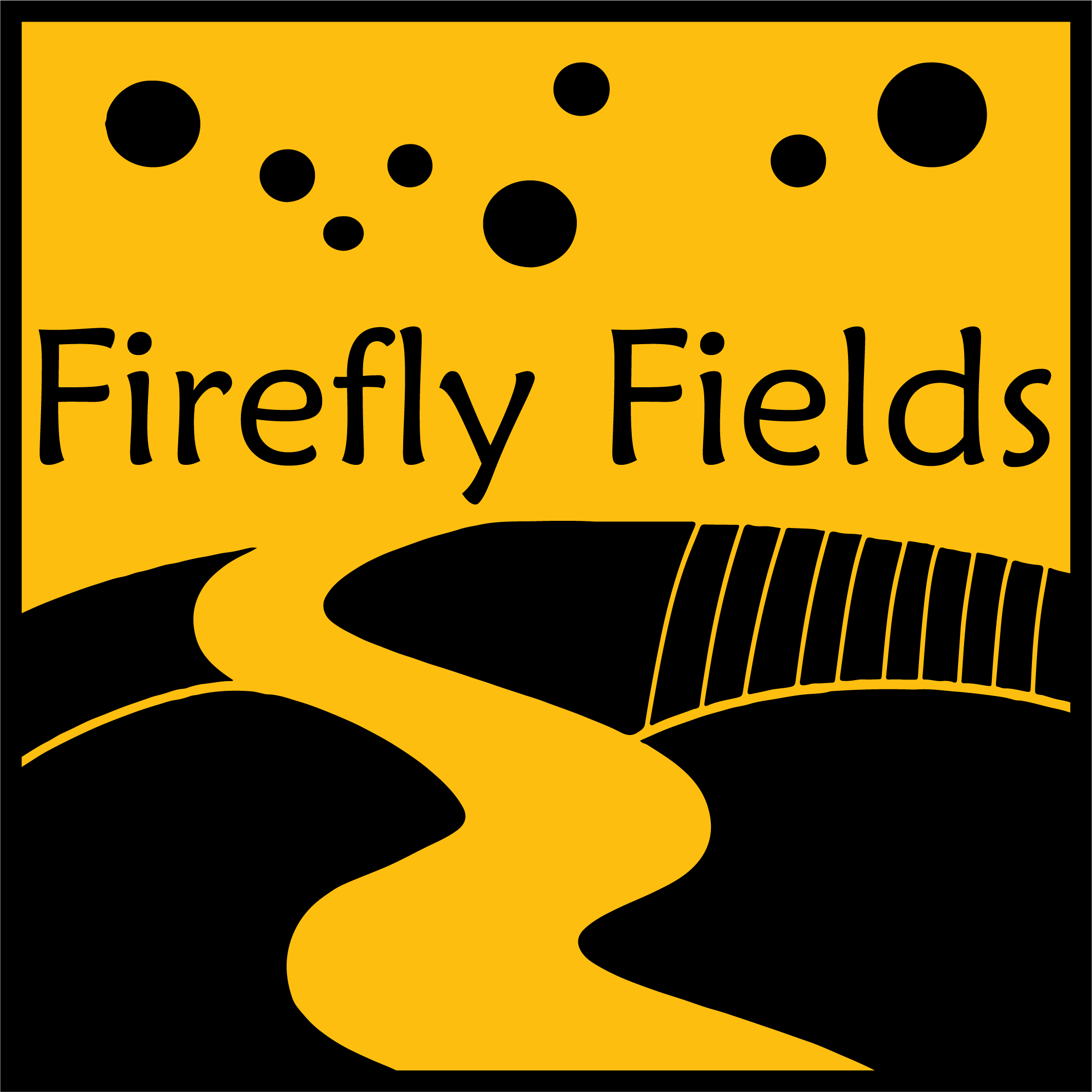
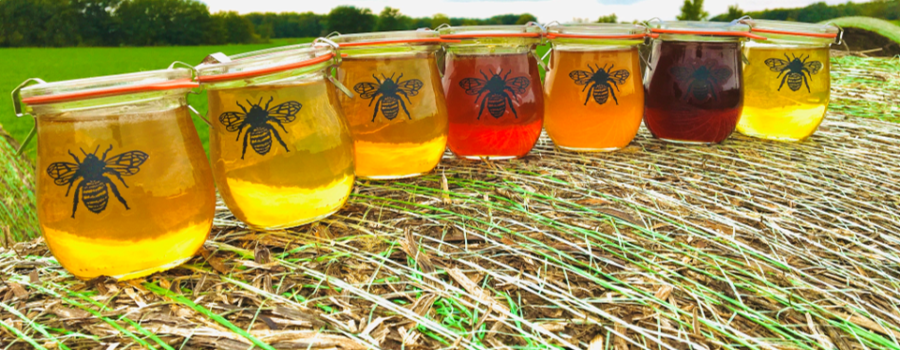

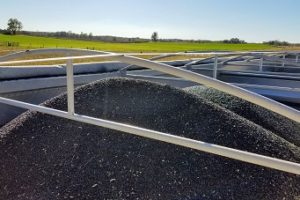
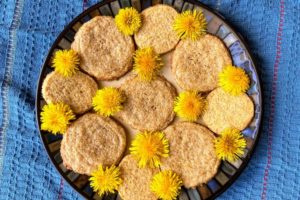
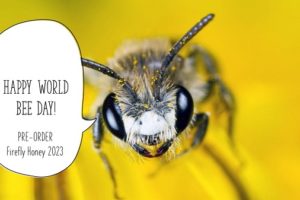

1 Comment
Leave your reply.